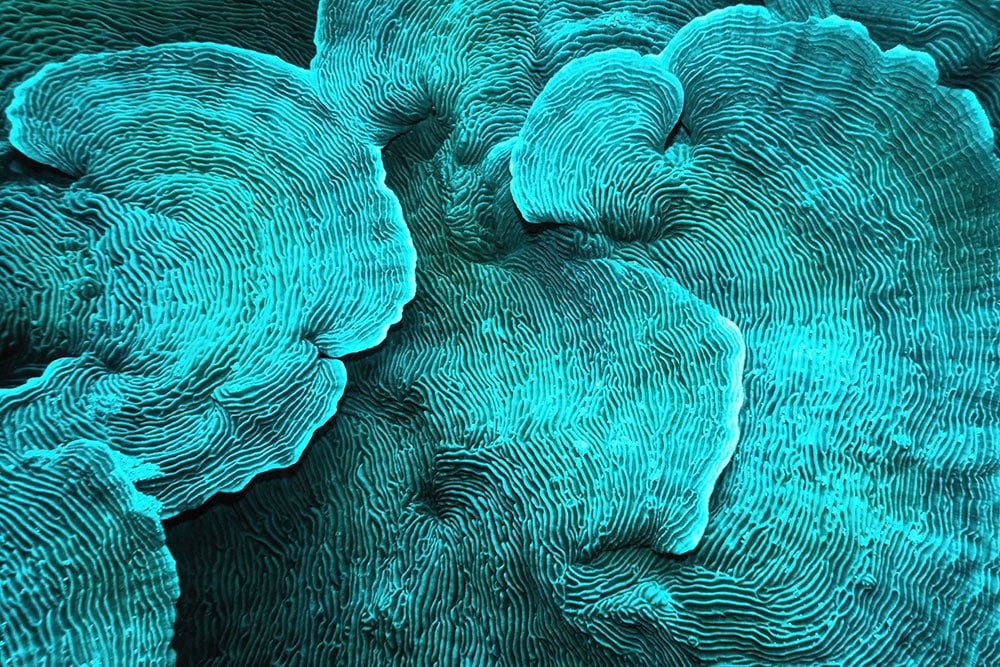Van Gogh’s Hidden Brushstrokes Revealed: Micro-XRF Peels Back the Layers on a Lost Masterpiece
Imagine finding a Van Gogh you didn’t know existed, tucked away in a Japanese collection.
That’s exactly what happened with “Meadow, In the Background New Church,” a watercolor masterpiece lost for nearly 70 years. But the story doesn’t end there. Art sleuths, armed with the microscopic powers of X-ray fluorescence, have been busy decoding Van Gogh’s secret language hidden within the paint.
Enter Dr. Kaori Taguchi, a passionate art conservator who, along with a team of experts, embarked on a fascinating investigation. Their weapon of choice: a powerful micro-XRF spectrometer, capable of seeing deeper than any brushstroke. What they uncovered was a treasure trove of artistic insight, offering a glimpse into Van Gogh’s genius from a whole new angle.
Decoding the Dance of the Clouds:
One of the most spellbinding revelations was the intricate technique Van Gogh used to create the sky. X-ray analysis revealed how he meticulously layered pigments to make the clouds seem to flutter, a testament to his dedication to detail even in smaller works.
The Dotty Mystery:
Ever wondered about those curious dots scattered around the windows and cows in the painting? Turns out, they weren’t just random splatters. Micro-XRF analysis proved they were intentional, made with the same colorants as other parts of the painting, suggesting a deliberate artistic choice.
The Layers of White:
Don’t be fooled by the seemingly simple white cows. XRF analysis revealed a symphony of whites – lead white for the shape, zinc white for the waist and tail – a testament to Van Gogh’s masterful use of color to create depth and dimension.
The Grass Symphony:
And then there’s the grass, a seemingly flat expanse transformed into a vibrant tapestry under the X-ray’s gaze. Dr. Taguchi explains how Van Gogh layered similar greens, a technique he also used in his famous oil paintings, adding a touch of three-dimensionality to even the smallest details.
But the magic of micro-XRF goes beyond mere technical analysis. It’s about understanding the artist’s intent, and the story behind the brushstrokes. As Dr. Taguchi says, “Scientific investigation tells us the behind stories of a painting, such as an artist’s trial and error and the transition of artwork.”
More Than Just Paint Analysis:
For Dr. Taguchi, conservation is a dialogue with the past. It’s about understanding the materials, the techniques, the whispers of the artist’s soul etched onto the canvas. It’s about building bridges between generations, ensuring these timeless masterpieces continue to inspire and resonate with future viewers.
The Journey Continues:
This is just the beginning of the story. Dr. Taguchi and her team are meticulously analyzing their XRF data, promising even deeper insights into Van Gogh’s world. And who knows what other hidden treasures await discovery, waiting to be unearthed by the magic of science and the dedication of passionate art sleuths like Dr. Taguchi.
So, the next time you stand before a Van Gogh, remember, it’s not just a beautiful picture. It’s a secret code, waiting to be deciphered. And with the help of micro-XRF, we’re slowly unlocking the mysteries hidden within, one brushstroke at a time.
P.S. Don’t miss the chance to explore the latest advancements in micro-XRF technology, including the powerful XGT-9000SL spectrometer, capable of revealing even the subtlest secrets hidden within your favorite works of art.



